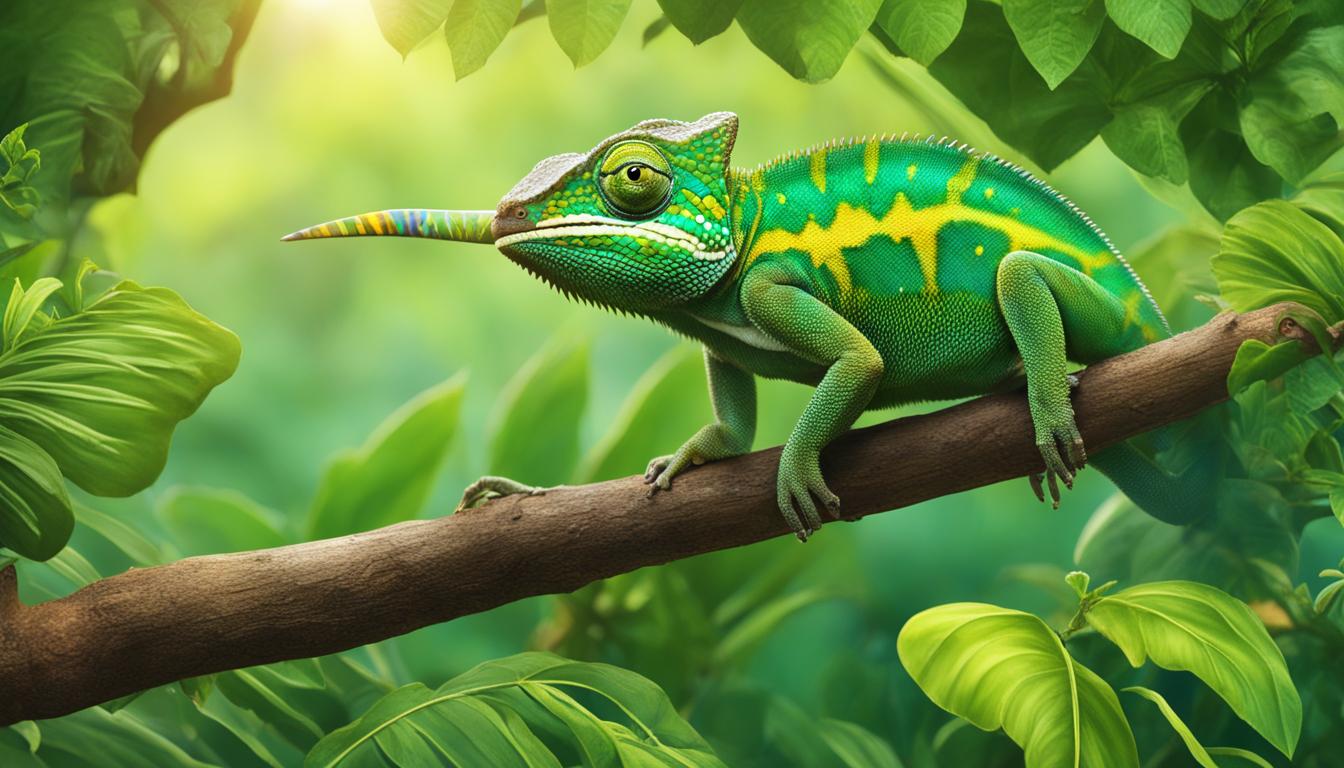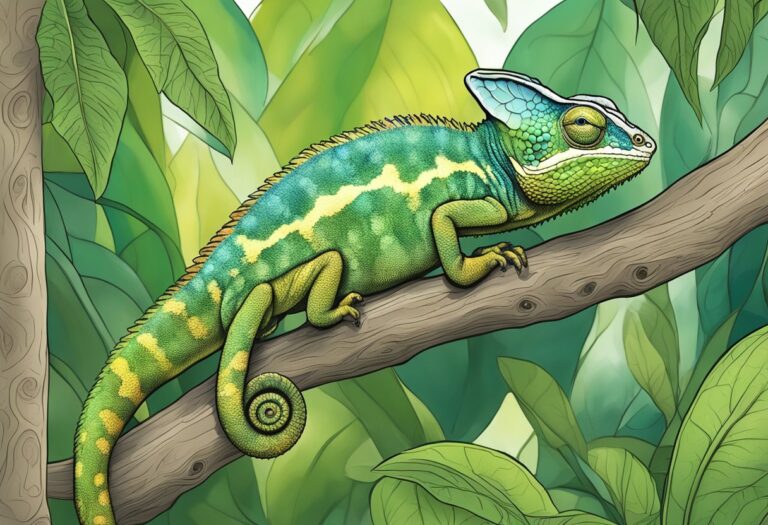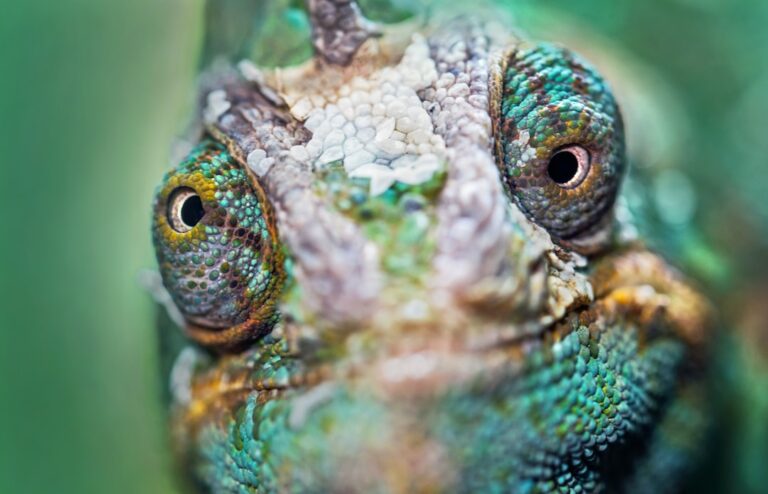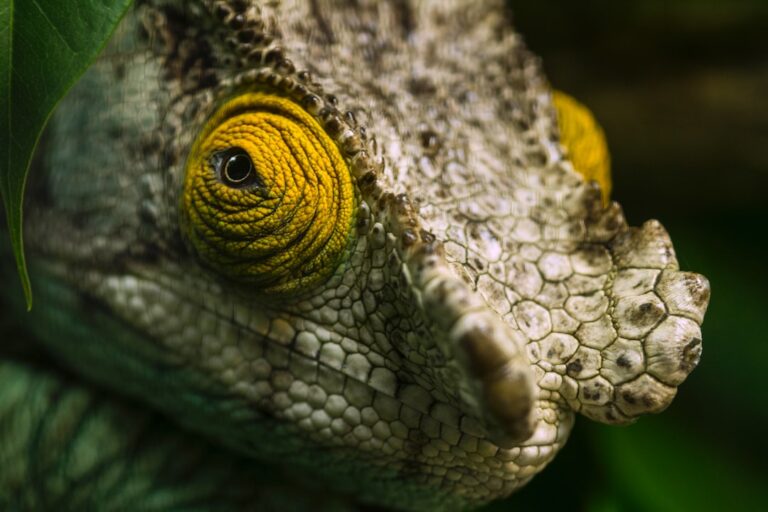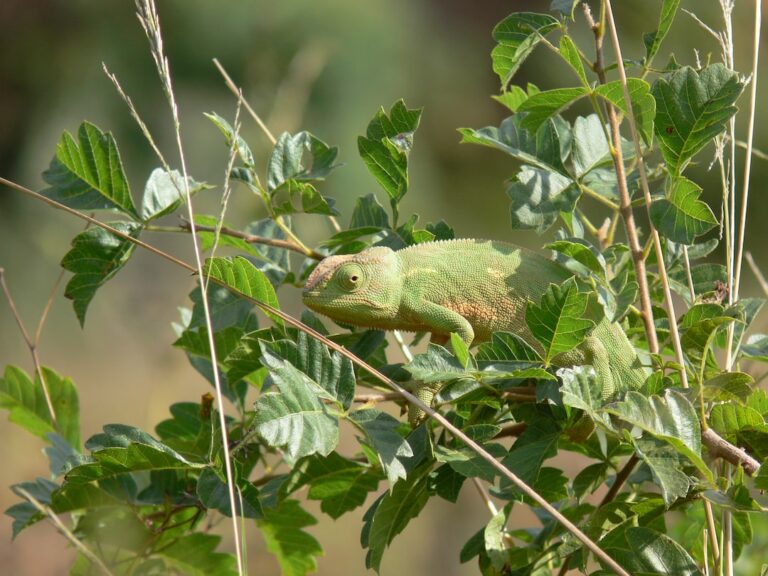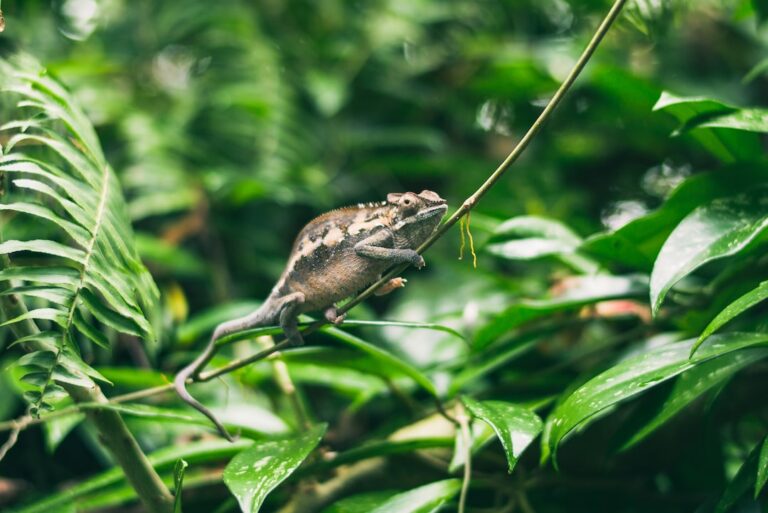Can Chameleons Drink Tap Water?
Chameleons are fascinating creatures known for their ability to change color and blend into their surroundings. They are native to Africa, Madagascar, and parts of southern Europe and Asia. Chameleons are arboreal reptiles, meaning they spend most of their time in trees. They have specialized feet and tails that allow them to grip onto branches and move with ease. Chameleons are also known for their long, sticky tongues that they use to catch insects.
Table of Contents
Importance of Water for Chameleons
Water is crucial for the survival of chameleons. Like all living organisms, chameleons need water to stay hydrated and maintain their bodily functions. Water is essential for digestion, circulation, temperature regulation, and overall health. Without enough water, chameleons can become dehydrated, which can lead to serious health problems and even death.
In the wild, chameleons obtain water from various sources. They may drink rainwater that collects on leaves or in puddles, or they may lick dew off plants in the early morning. Some chameleon species also get water by licking moisture off their bodies or by drinking water droplets that form on leaves after a rain shower.
Understanding Tap Water
Tap water is the water that comes out of our faucets at home. It is supplied by local water treatment plants and undergoes a series of processes to make it safe for human consumption. Tap water is typically treated with chemicals such as chlorine or chloramine to kill bacteria and other harmful microorganisms. It may also be filtered to remove impurities and contaminants.
Chemical Composition of Tap Water
Tap water contains a variety of chemicals that can vary depending on the source and treatment process. Some common chemicals found in tap water include chlorine, chloramine, fluoride, ammonia, nitrates, and heavy metals such as lead and copper. While these chemicals are generally considered safe for human consumption at low levels, they can have adverse effects on chameleons.
Chlorine and chloramine, for example, can irritate the sensitive skin and eyes of chameleons. Fluoride, which is added to tap water to promote dental health, can be toxic to chameleons if ingested in high amounts. Heavy metals like lead and copper can also be harmful to chameleons and can accumulate in their bodies over time.
Effects of Tap Water on Chameleons
The chemicals found in tap water can have negative effects on chameleons. Exposure to chlorine and chloramine can cause skin and eye irritation, respiratory problems, and even death in severe cases. Fluoride toxicity can lead to skeletal deformities, organ damage, and reproductive issues in chameleons. Heavy metals like lead and copper can also cause a range of health problems, including neurological damage and organ failure.
It is important to note that the effects of tap water on chameleons can vary depending on the species, age, and overall health of the individual. Some chameleon species may be more sensitive to certain chemicals than others. Additionally, young or sick chameleons may be more susceptible to the harmful effects of tap water.
Alternative Water Sources for Chameleons
Given the potential risks associated with tap water, it is advisable to consider alternative water sources for chameleons. One option is to use bottled spring water or purified water that does not contain any added chemicals. These types of water are generally safe for chameleons as long as they do not contain any contaminants.
Another option is to collect rainwater or use distilled water. Rainwater is a natural source of water that does not contain any chemicals or impurities. However, it is important to collect rainwater in a clean container and avoid using water that has been contaminated by pollutants or debris. Distilled water is created through a process of boiling and condensation, which removes impurities and chemicals from the water.
Preparing Tap Water for Chameleons
If tap water is the only option available, there are ways to make it safe for chameleons. One method is to use a water conditioner or dechlorinator specifically designed for reptiles. These products neutralize chlorine and chloramine, making the water safe for chameleons to drink. It is important to follow the instructions on the product label and use the correct dosage for the amount of water being treated.
Another method is to let tap water sit out for at least 24 hours before using it. This allows the chlorine and chloramine to dissipate naturally. However, this method may not be effective for removing other chemicals or impurities from the water. It is also important to note that letting tap water sit out does not remove fluoride or heavy metals.
Tips for Providing Water to Chameleons
When providing water to chameleons, it is important to consider their natural behavior and habitat. Chameleons are arboreal creatures, so they prefer to drink water droplets off leaves or other surfaces rather than drinking from a bowl or dish. To mimic this natural behavior, it is recommended to mist the enclosure with water several times a day. This creates a humid environment and allows chameleons to drink water droplets off leaves.
It is also important to ensure that chameleons have access to clean, fresh water at all times. Water should be changed regularly to prevent the growth of bacteria or other contaminants. Additionally, it is advisable to use a spray bottle with a fine mist setting to avoid drenching the enclosure or causing stress to the chameleon.
Signs of Dehydration in Chameleons
Dehydration is a serious condition that can have detrimental effects on chameleons. It is important to be able to recognize the signs of dehydration in order to prevent and treat it. Some common signs of dehydration in chameleons include sunken eyes, wrinkled skin, lethargy, loss of appetite, and dark-colored urine. If you notice any of these signs, it is important to take immediate action to rehydrate the chameleon.
To prevent dehydration, it is important to provide chameleons with access to clean, fresh water at all times. Regular misting of the enclosure can help ensure that chameleons are getting enough water. It is also advisable to monitor the humidity levels in the enclosure and make adjustments as needed.
Can Chameleons Drink Tap Water?
In conclusion, tap water can potentially harm chameleons due to the chemicals and impurities it contains. Chlorine, chloramine, fluoride, and heavy metals can have adverse effects on chameleons’ health and well-being. It is advisable to consider alternative water sources such as bottled spring water, purified water, rainwater, or distilled water.
If tap water is the only option available, it can be made safe for chameleons by using a water conditioner or dechlorinator. Letting tap water sit out for 24 hours may also help dissipate chlorine and chloramine, but it does not remove other chemicals or impurities. It is important to provide chameleons with access to clean, fresh water at all times and monitor their hydration levels to prevent dehydration.
Overall, while tap water may not be the best choice for chameleons, with proper treatment and care, it can be made safe for them to drink. However, it is always advisable to consult with a reptile veterinarian or expert for specific recommendations based on the species and individual needs of your chameleon.
If you’re curious about what chameleons can eat, you might also be interested in learning about their drinking habits. Can Chameleons Drink Tap Water? is a common question among chameleon owners. While tap water may seem like a convenient option, it’s important to consider the quality and potential contaminants. To find out more about the dietary needs of chameleons, check out this informative article on reptilefriend.com.

